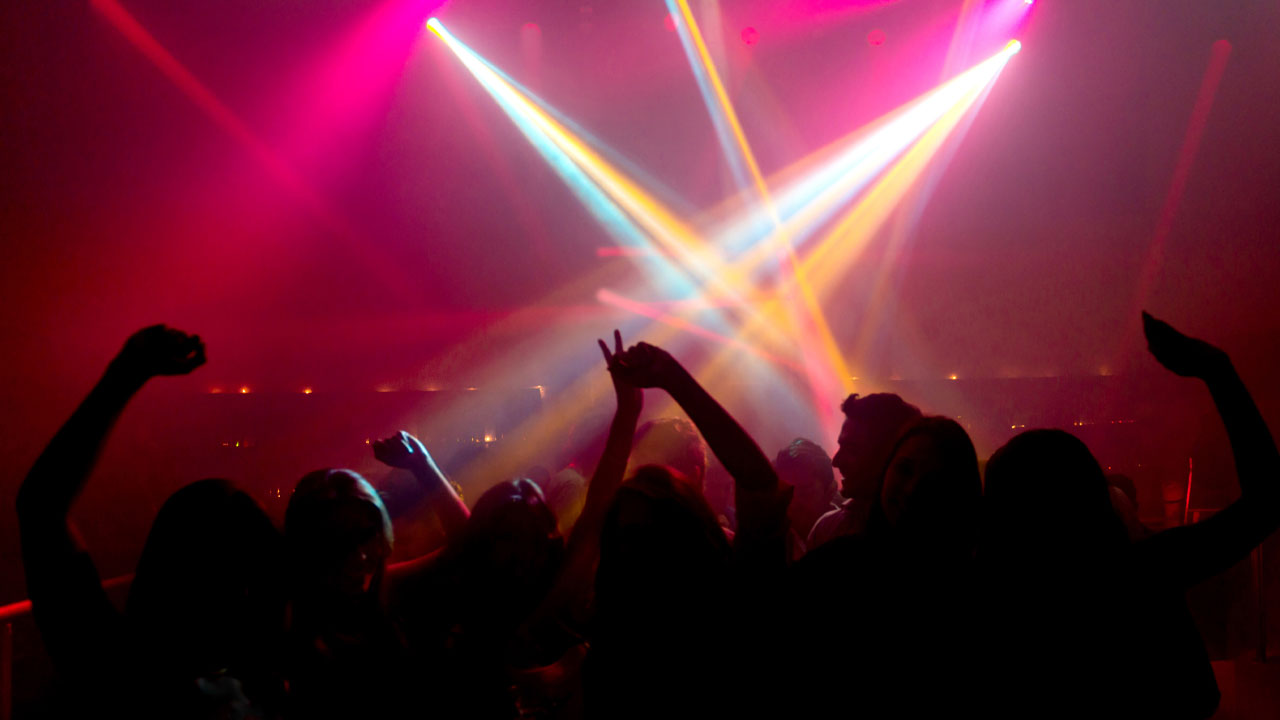City Winery: Vintage AV Venues
By Dan Daley, Special to AVIXA
 Customers today want repeatable AV solutions. The same goes for event venues. Think of it as Groundhog Day for AV: Everywhere you turn you see the
same layout, the same line arrays, the same projectors, the same LED lighting. Except, when you’re in any of the nearly identical City Winery venues,
they feel just right from day one.
Customers today want repeatable AV solutions. The same goes for event venues. Think of it as Groundhog Day for AV: Everywhere you turn you see the
same layout, the same line arrays, the same projectors, the same LED lighting. Except, when you’re in any of the nearly identical City Winery venues,
they feel just right from day one.
Starting in New York City in 2008, four years later in Chicago, in Napa and Nashville in 2014 and most recently in Atlanta in June of this year, entrepreneur/impresario Michael Dorf aimed for what he saw as a sweet spot for the convergence of music, food, wine and live events. Each of the venues has a similar layout, seating about 350 in performance halls, with separate smaller spaces nearby, and each with its own audio, video and lighting (AVL) systems.
In fact, although having an installed sound system is fundamental to a music venue, the technology choices were also made with the chain’s event-production applications in mind. This is understandable considering that the 300 shows the New York venue does annually are nearly matched by the 200 or so private events it also hosts each year, sometimes with a press conference in the morning and a music show that same evening, but also plenty of corporate events and seasonal parties, as well as an upscale wedding market to fill non-show slots.
“Physically, the venues are almost identical, down to the number of people the rooms can hold and even the height of the stages,” notes Ed Greer, Chief Production Officer for City Winery. “We deliberately created an intimate space for music where artists can see everyone in the audience and engage the entire room. But that same effect applies to events held there, too.”
In fact, adds Greer, whose career includes production management for Lincoln Center, the Newport Jazz and Folk Festivals, the Saratoga Jazz Festival and other large productions, event work at some of the venues results from clients encountering a City Winery in a different location.
Sound Relationships
Architectural dimensions, such as the stage’s 28-foot proscenium width and 19-foot depth, are consistent from venue to venue, as are the main AVL technology choices. The core platforms are Meyer Sound MINA line array PA systems, configured nine boxes per side with three 700-HP subwoofers underneath the stages, and mixed through Yamaha CL5 72-channel FOH consoles.
Greer says the company has a longstanding relationship with Meyer Sound founder and noted loudspeaker designer John Meyer that goes back over 25 years, to the Knitting Factory, Dorf’s first successful foray into cabaret and event spaces, which he launched in lower Manhattan in 1987. Greer managed the Knitting Factory before following Dorf to his new venture.
“Meyer Sound is familiar with us, not only as a business but as people,” Greer says in a Belfast brogue only slightly tamed after years touring the U.S. in bands before settling in New York, adding that Dorf and Meyer share an entrepreneurial mindset.
Although music artists may have distinct preferences when it comes to brand names for sound systems, Greer finds that event clients are less concerned with cachet than with how the systems look in the venues. “What makes an impact is the elegance of the system — how it looks, as well as how it sounds,” he says.
The venues’ projection systems are ostensibly intended to support music performances, but offer plenty for other types of events. A Digital Projection E-Vision 8500 laser projector backlights the 16-by-12-foot, main-stage Draper CineFlex screen, while a pair of the same illuminate two smaller drop-down Targa screens that flank the stage. Video is switched via a Roland V800 video mixer. Other areas of the venues, such as the upstairs event rooms, use 55-inch Toshiba and 70-inch Sharp LCD displays for video. These breakout areas also have their own Shure BLX24R wireless microphone systems.
The lighting follows a similar suit, designed primarily for music performances but also with live events in mind. A typical complement includes eight Philips Color Kinetics Colorblast 12s, nine ETC Source Four Junior Zooms, eight Chauvet COLORdash Quad 18 wash fixtures, eight Chauvet COLORado 2 Quad Zoom hard edge fixtures, four Chauvet Legend 412 Zoom moving-head fixtures, an ETC ColorSouce 20 console, and a Chauvet Data Stream DMX splitter.
“We live in a world of singer-songwriters, so we don’t really need hazers or a huge array of moving lights,” says Greer. “We’re not trying to emulate a rock atmosphere; we want warm colors and washes, and the ability to let the audience focus on what’s on stage. And that also helps with events, where the clients want their focus on the person or the product.”
Meyer Sound, Elation, NEC, Yamaha — replicating high-end systems across five locations (and counting) is a capital-intensive proposition. However, Greer offers a succinct rationale for what is a sizeable investment, noting that reliability costs more money in its absence than it does to acquire in the first place, whether the equipment is being used for top music artists or for high-end event clients.
"Basically, the space is an easier sell with audio, video and lights in place, and even easier with very good audio, video and lights,” he says. “In a city like New York, it can dramatically reduce your labor costs by not having to move equipment in and out, and you have a much greater level of control over how it’s used. Plus, your staff is familiar with the operation of every single piece of it.”
The Differences
Although there is an emphasis on similarity among the five outposts, there are some differences, but not with the AVL systems. In Nashville, for instance, Greer and Dorf leveraged their years as impresarios and music-event producers to meet with the city’s huge base of talent agents and record-label chiefs, all of whom could put their artists and events (something the entertainment industry tends to do a lot of) in the venue. Greer says the music connection is important for all the locations, because most corporate events want music in some form, which the venue is able to source for them. Both Nashville and New York have offices for Tour Supply, which services the live-touring business and has become the go-to vendor for City Winery for sound and video products.
(The Napa location, as one might assume, allows the company to stay physically and strategically close to the nearly one dozen vineyards City Winery works with to fill its bespoke taps.)
One technology platform that Dorf and Greer had experimented with in the past — live-streaming shows from the Knitting Factory in the mid-1990s — wasn’t added to the City Winery brand.
“Back in those days, when the dot-com boom was on, we were all enamored with the concept of streaming shows,” Greer recalls. “There were even digital club networks. But today, people are more concerned with the direct experience, of being there. Streaming doesn’t have the same priority it once did.”
City Winery is unique in a number of ways — from its replication of an experience in multiple locations, to its ability to attract and host top-flight performance talent. But Greer acknowledges the company is working in very competitive environments for event production in all five of its cities.
“Size can sometimes limit what we can do as an event location, but we balance that with the level of intimacy we can achieve as a music room,” he says. “In this business, it’s all about balance.”




d6795920-eaf6-408e-b064-10b247156888.png?sfvrsn=6773b7ba_1)
